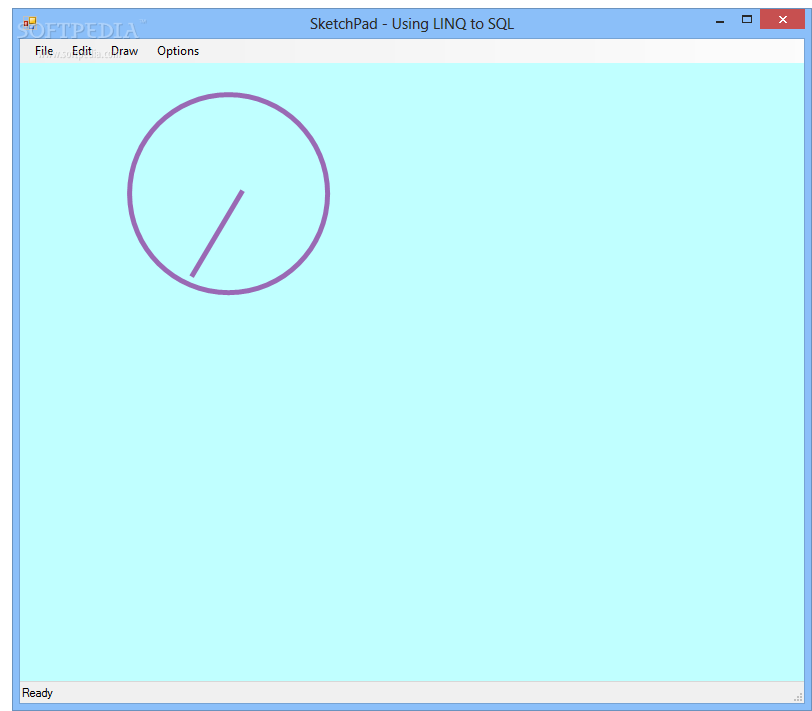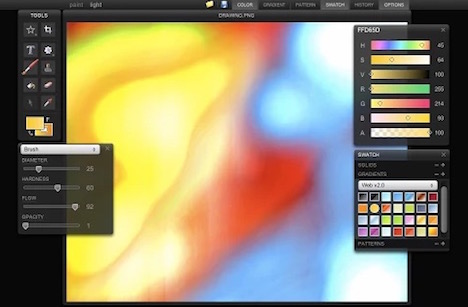

There are a couple notes regarding the configuration below: And while I didn't get a full publish process, I can have the build generating the application manifests for me!

Interestingly, while the new SDK style projects don't have a simple way to publish ClickOnce application, they use the same file during the build, which contains a lot of ClickOnce related tasks. Having spent a while trying to generate these files by hand, and getting all kinds of config/signature/hash/path mismatches, I thought to try something else. If you want to sign your app/deployment with a code signing certificate, it becomes an even more involved process. Generating these files by hand is a bit of a pain.
#Microsoft sketchpad install
If the user wishes to proceed, the installed will download the manifest file and all the app files (verifying their signatures and hashes), and install it locally During the app install, the deployment manifest is downloaded, the information displayed to the user.The deployment manifest contains the application's install/update urls, as well as the location of the latest manifest file.The application manifest represents a specific version of the app - it will contain a list of all the files deployed, and their hashes.Both manifests can be created using both mage.exe and MageUI.exe.A ClickOnce deployment consists of the application files and two manifest files - the application manifest ( ) and a deployment manifest ( MyApp.application).Some experimenting later, I learned the following:
#Microsoft sketchpad how to
With the upgrade done and the app running locally I started looking for the Publish tab in the project properties, and as expected it was nowhere to be found!Ī little research later, and I found a StackOverflow post with a high level overview on how to manually deploy ClickOnce apps using mage.exe and MageUI.exe - two tools that come with the Microsoft SDK.
#Microsoft sketchpad manual
I opted to the manual process as I was already used to it - I created a new solution and projects with the same names and solution structure, then moved all the code across, added any dependencies, and once done, moved it back to the original location. The first step was to upgrade the old projects to the new SDK style projects - this was a simple change, and can either be done manually or with some external tools. NET Core apps, would it support the new SDK style projects? Let's try it out. While I know that ClickOnce doesn't support. NET 4.5 time, with some old code, and old project format. I had an old ClickOnce app that was written back in the. I ended up in a similar situation, and I thought to see what can I do to ease some of the pain of the process. Deploying ClickOnce Apps with SDK style projectsĬlickOnce is a bit of an old beast these days, but in some cases you may have to keep an old app updated, so you have to dust off the old tools.


 0 kommentar(er)
0 kommentar(er)
